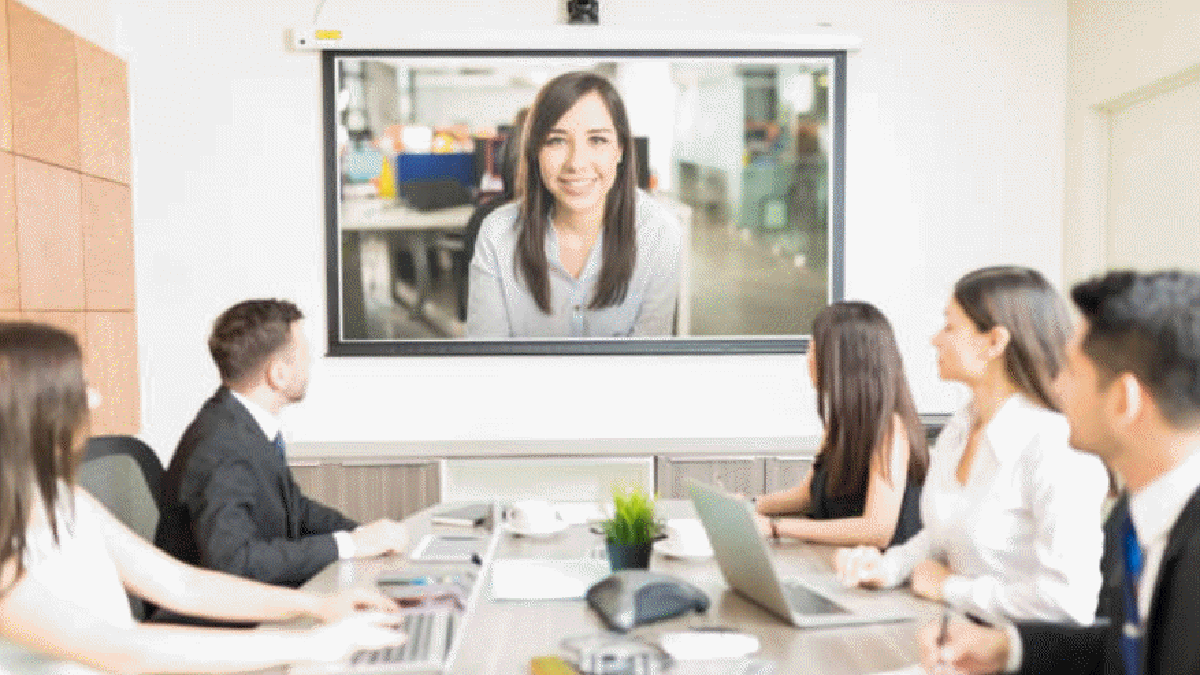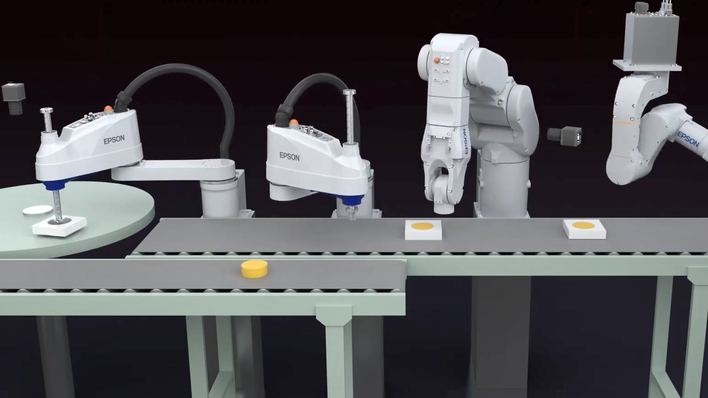The pandemic triggered a seismic shift in the way people balance work and life, with many enjoying more freedom and flexibility in their work week than ever before. According to the Work Trend Index Survey conducted by Edelman Data x Intelligence, 73% of employees want flexible work options. And this isn’t about to change. Driven by employee demand, the study also found as many as 87% percent of leaders say they expect to allow more flexibility in where, when, and how their employees work.
Yet alongside a desire for hybrid working, people still want to enjoy more collaboration with colleagues, either in the office or remotely. The Steelcase Global report found that 67% of employees want more in-person and collaboration opportunities. Leaders felt similarly, with 72% expecting a hybrid model post-pandemic.
Office Spaces and Hybrid Working
As employees are spending less time in a physical office, the purpose of these offices has changed in the last few years. Not surprisingly, employees and leaders both listed collaboration as the top purpose of physical office space. Access to tools came in second for employees, and hosting clients was number two for leaders. Physical office spaces are no longer the default place that workers head to every day to work; they now often need to fill specific needs for the workforce.
Because of this shift in purpose, pre-pandemic office spaces often do not meet the needs of today’s workers. In addition to larger, more open spaces that address increased health and safety concerns, offices now need more collaborative spaces. Additionally, physical office spaces should foster a culture of collaboration between in-person and remote employees instead of adding barriers.
Before making renovations, leaders should first consider the goals their spaces need to meet. Here are three common goals among both employees and leaders for the physical office space.
Creating Communities
With employees working in different locations, office spaces need to make employees feel like they are a community of co-workers. Meeting room spaces often cater to employees who are working in-person, making those attending meetings virtually feel like outsiders. By designing spaces that create a feeling of inclusivity for both in-person and remote employees, organizations can help team members foster close connections regardless of where they are working.
Closer Collaboration
Office spaces need to be designed for both in-person and remote participation in meetings. Multi-modal spaces allow employees to customize the space based on current needs, making it less likely that a space will sit unused for weeks. Even more than in the past, spaces need to be carefully designed to make it easy for everyone to work together to generate the next great ideas.
Greater Flexibility
Working from home has enabled people to enjoy a range of different spaces, from the kitchen table to the sofa, study, and garden. Look for ways to include areas for employees to work outside, as well as soft spaces that recreate the comfort of their living rooms. Workers then have greater flexibility to choose a working environment that aligns to their mood and the type of work they’re completing, which boosts productivity.
5 Ways to Create Collaborative Meeting Rooms
Here are some simple ways to convert your office’s meeting rooms into productive spaces of collaboration for virtual and in-person attendees.
Consider Room Layout
Studies suggest that when people can physically move around in collaboration spaces, they are better able to solve complex problems. This ability also serves to nurture a closer sense of community by enabling remote and in-person workers to better read each other’s body language. Technologies such as projectors can really support this by enabling presentations to be delivered dynamically rather than statically through screen sharing. Consider setting up more informal furniture that faces the projector to create an environment that encourages working together and inclusion.
Use Larger Displays
Many attendees can’t easily see small screens, and today’s content often exceeds the dimensions of a traditional flat panel. Additionally, screens make it hard to read body language and facial expressions, which can lead to miscommunication and lower levels of participation. By using a projector, presenters can also move around a projection in-person, making the presentation more engaging, instead of talking through a static presentation and challenging attention spans.
With larger displays, everyone in the room feels more like they’re a part of the meeting and they’re more likely to interact with employees attending virtually, which in turn makes remote employees feel more included. With a bigger size screen, there is also more room for displaying presentation, chats, and working documents, which makes it easier to collaborate. In addition to just being larger, look for displays that are extra wide, which has the most impact on inclusion and makes it easier to scale the images.
Tap into Collaborative Tools
Remote attendees often disconnect from video calls and work on other projects on their own screens unless they’re called on to participate and interact. Beyond the simple chat feature on video call platforms like Zoom, technology such as projectors can enable you to create virtual whiteboards for brainstorming and incorporate platforms such as Microsoft Teams. In addition to providing the tools, train presenters on best practices for how to incorporate the tools in their sessions. When these tools are used effectively, they can improve both participation and the quality of the collaboration.
Align Mood to Mission
It’s easy to create breakout spaces in the office for brainstorming or socializing, but it’s tougher to do it virtually. This is where projectors come in. Projectors offer a novel way to transform the ambiance of a space into one that aligns with the mission of a meeting, whether it’s brainstorming or a weekly team meeting.
Because the projector presents one seamless image instead of a stitched-together display, participants become immersed in the presentation and are less distracted. You can also easily incorporate video and music to help set the stage for your team and get everyone in the right frame of mind for the tasks at hand. With traditional flat panel screens, remote employees feel more distant, but huge, laser display images make every person at the meeting feel like they are truly present, regardless of where they are working.
Use Simple Technologies
Most people are likely to have experienced some technical challenges with video conferencing at some point over the past couple years. And this can be a big time sink, with each employee being responsible for their own videoconferencing equipment. Instead of taking the traditional approach of sharing screens and using PowerPoint presentations, take steps to make it less likely that your employees will be distracted by technical issues.
Projectors offer a great way to display high quality presentations, at large scale, and without the constraints of screen size or the difficulties of screen sharing. Because they are simple to operate, no one has to spend valuable time getting the technology to work, so meetings can actually start on time. Your team can then focus on the meeting instead of making sure their audio and visuals are working correctly.
Organizations turn to Epson projectors to create inclusive hybrid meeting environments. With Epson Projectors, employees feel a part of the meeting and can collaborate with big, bright and immersive images. You can easily scale or change aspect ratio, depending on the specific needs of the meeting, and not feel confined by a frame. Instead of having to troubleshoot the video display before every meeting, Epson projectors start up right away with no stress or time wasted.
Epson is a global leader in projection technology with a wide range of display solutions for the corporate environment. Learn more at Epson.com/corporate-business-projectors, where you can see how Epson can help support your company goals to foster flexibility and create a culture of collaboration.
![]()



